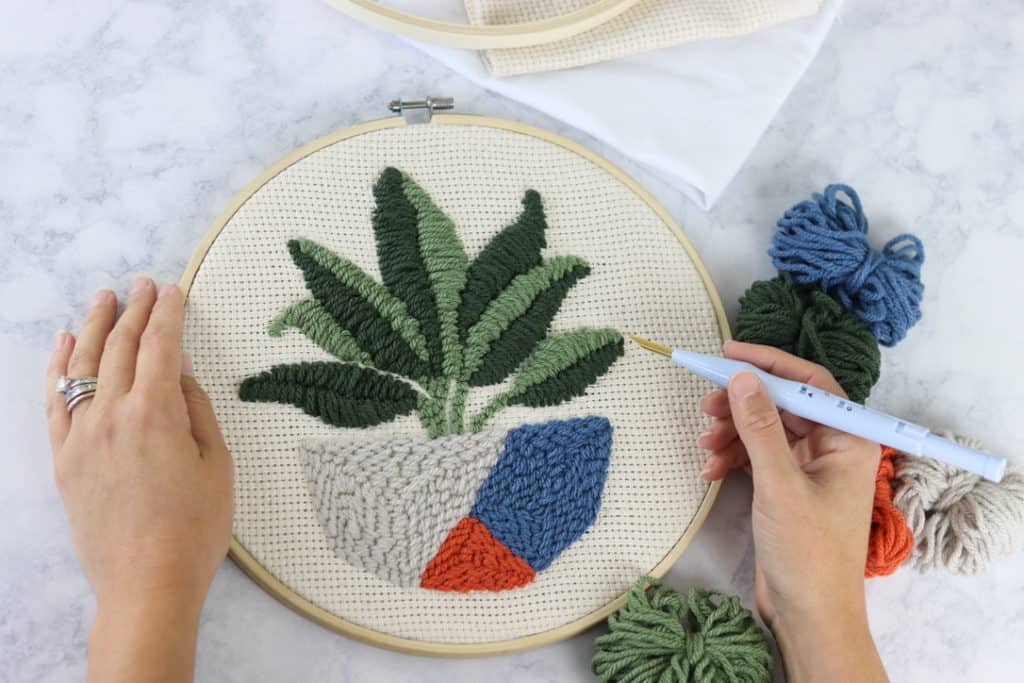For the past while, I have been focusing on making rings out of wire and stones. My supplies arrived and once I got wire from Michaels, I got to work. I have been learning how to bend wire with different types of pliers. The three types I am using are round-nose pliers, side cutters, and needle-nosed pliers. Round-nosed pliers are ideal for forming loops and curves easier, side cutters are great to cut wires, and needle-nosed pliers provide precise crimping, bending, and holding for jewelry making.
For background info, wire gauge refers to thickness. The higher the gauge, the thinner the wire. The first ring I made was using 18-gauge wire. It did not turn out how I wanted it to due to messy wrapping, the unevenness off the bottom of the ring, and the overall look. After analyzing the ring and figuring out what I needed to do to improve, I tried a couple more times. The ring in the middle is an improvement from the first, but still not quite how I wanted it. The middle ring used 20-gauge wire, meaning thinner than the previous ring. The thinner wire made wrapping easier and more precise. Although it was better, I wanted the wrapping of the stone to be nicer, and the bands on each side to have the same number of loops. The ring on the right is one that I am proud of. After many attempts, I got to where I was happy with how it turned out. This ring was completely circular, the stone was secure and wrapped well, and there were three even loops on each side. Through lots and lots of trial and error, I was able to show improvement.


Through conversations with my mentor, I have been practicing my listening skills. Some new information I have been getting is about recognizing room to improve through analyzing my creations, ways to use different tools and materials, and how to remain creative through the process. A question I asked was about how my mentor comes up with the ideas for the jewelry she has made, which probed further discussion about finding my own jewelry-making style as time goes on. A new point of view I developed while talking with my mentor was how it really is not 100% necessary to have all the equipment, but it is more important to equip yourself with the mindset that you can find different ways of doing things without all the right equipment. Questions I asked to check on facts and details were, “what is the name of the technique you used for this piece?” and “how long did it take for you to create that necklace?”
I have focused on asking questions with a purpose. For example, when asking how my mentor comes up with ideas for jewelry, the purpose was to get insight into how I could become more creative through my jewelry-making process. A multiple-choice question I asked was, “what type of jewelry do you enjoy making the most; earrings, necklaces, or rings?” I think it was useful because not only did I receive insight on jewelry making itself, but it also furthered the discussion and learned about different types of jewelry.
De Bono talks about the six hats, and how we incorporate them into discussions. Here is a short conversation I had with my mentor, and the identification of the hats present in the discussion.
“It’s always great to be experimenting with new stuff and new designs. But some of the pieces were made kind of by accident…” This indicates the yellow hat as it led to me trying to take meaning away from what she said.
“So sometimes it’s not what you were planning, but in the end, it turns out good, kind of like a surprise? This is a slight indication of the black hat. Not exactly in a “bad” way, but I was thinking critically by using my judgment.
“Yes, you don’t know until you try.” This is an indication of the red hat, specifically intuition.
“Do you think online resources are a good way to learn more about jewelry making?” This falls under the green hat as the question is productive and asks for ideas.
“Yes, places like YouTube, you can learn anything these days. This relates to the white hat as it is information-based.
All in all, In-Depth is going fairly well. For the next while, I think I want to make more rings but using different techniques.
Stay tuned for the next update.
